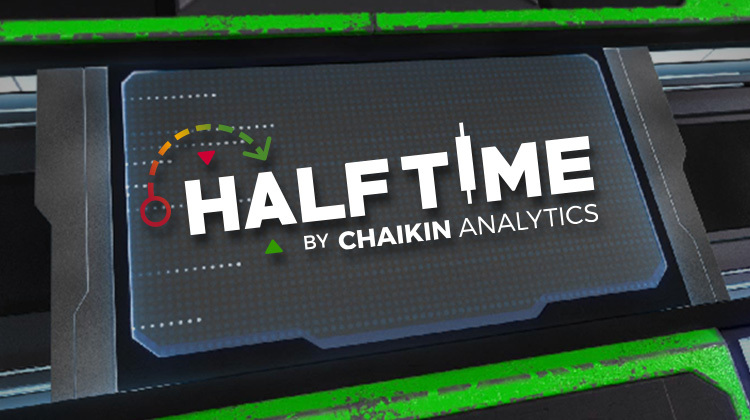Vice President Kamala Harris recently injected some policy ideas into a presidential campaign season that has been light on policy. Unfortunately, her ideas for reform are misguided and counterproductive. They would harm families and could increase the cost of living.
One of Harris’s ideas is to bring back the American Rescue Plan’s (ARP) version of the Child Tax Credit (CTC). Under the ARP version of the CTC, the credit was fully refundable and acted more as a child allowance or universal basic income for families rather than a credit against taxes owed.
Indeed, the federal government delivered half of the credit as a payment directly into taxpayers’ bank accounts. In addition to supporting a return to the ARP version of the CTC, Harris announced in a recent campaign speech her idea to boost the credit to $6,000 for households with newborns.
Harris is certainly not alone in wanting to expand the CTC; the House passed a bill to increase the credit’s refundability earlier this year, and Republican vice-presidential nominee J.D. Vance proposed expanding the credit to $5,000 per child in recent weeks.
However, there are drawbacks to any of these CTC proposals, including Harris’s plan. Research finds that the ARP version of the CTC that Harris favors reduces work and growth. The so-called “expanded” credit (more accurately “transformed”) is also enormously costly, at nearly double the cost of federal housing assistance.
An ARP-like version of the subsidy is more like a universal basic income payment (UBI) than a tax credit. However, UBI has fared poorly in the most recent and rigorous studies. Further, introducing what is functionally a UBI for families is misguided.
Two large-scale, recent studies find that UBI resulted in falling income, decreased labor participation, no improvement in physical health/mental health, and short-lived improvements in stress and food security. Although it is unclear how generalizable these findings are for a child allowance half the size of the studied benefit, outcomes suggest caution is warranted.
Moreover, the CTC fails at many of its objectives. It is a poorly targeted anti-poverty program and, more relevant to Vance, an ineffective fertility initiative. As an anti-poverty program, most of the lowest-income households are ineligible. If low-income households are made eligible by removing the earned income (work) requirement, research finds millions of parents leave the workforce. This effect is not helpful from an anti-poverty or upward mobility standpoint.
Evidence and experience indicate that cash benefits are some of the least effective fertility incentives. A review of studies with experimental or quasi-experimental designs finds that financial transfers result in a short-term increase in births when parents move births forward in time while leaving the long-term total unaffected.
In addition to Harris’s misguided CTC proposal, Harris also proposed a $25,000 subsidy for first-time homeowners and other ideas like punishing corporate landlords who buy up single-family rental properties. But punishing landlords or investors for buying properties will do nothing to fix housing market fundamentals, and in places with inelastic housing supply (often the most unaffordable areas in the country) a demand-side homeownership subsidy would largely be captured by sellers, increasing costs for buyers.
To her credit, Harris has promised millions of additional housing units would be built under her administration. However, given that the federal government has limited ability to influence housing supply constraints (outside of federal land reform, environmental policy reform, or the like), it is a difficult promise for the executive branch to keep. New demand subsidies alongside limited supply present the worst of all worlds.
One silver lining is that Harris’s rhetoric around housing supply is a sign that housing supply is on the radar of top Democratic officials. The vice president should apply the same logic to other areas of families’ budgets rather than increasing demand for necessities with additional spending.





















